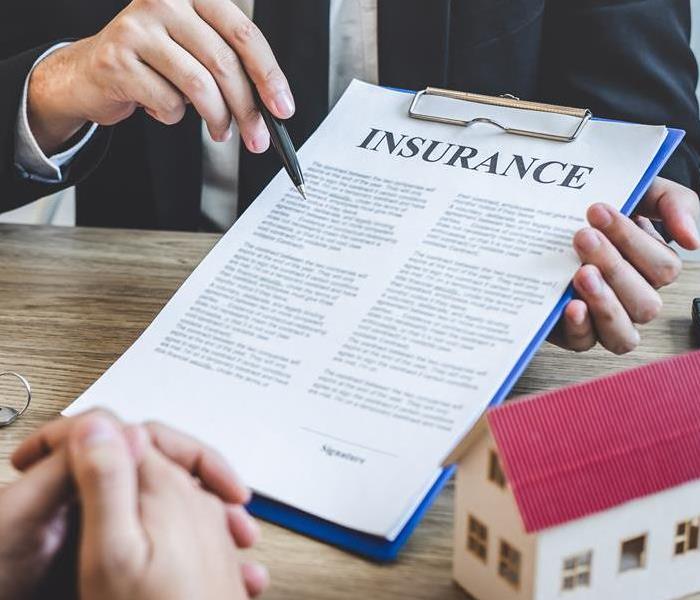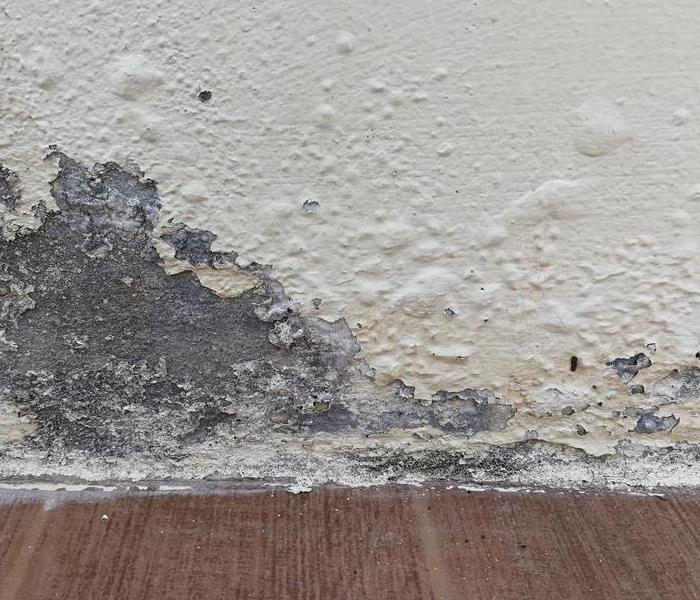Understanding Homeowners Insurance Coverage for Mold Damage: What You Need to Know
5/15/2023 (Permalink)
As a homeowner, you may be wondering whether your homeowner's insurance policy covers mold damage. Mold growth in homes is a common problem, and it can cause significant damage to your property if left unchecked. However, whether or not your insurance policy covers mold damage will depend on several factors.
Understanding Mold Damage
Mold is a type of fungus that thrives in warm, damp environments. It can grow on a variety of surfaces, including walls, ceilings, floors, and even furniture. Mold can cause serious damage to your home if left untreated, including structural damage, unsightly stains, and unpleasant odors.
Does Homeowners Insurance Cover Mold Damage?
The answer to this question is not straightforward. While some homeowner's insurance policies may cover mold damage, others specifically exclude it from coverage. Additionally, even policies that do cover mold damage may have limitations and conditions that must be met before coverage kicks in.
Types of Homeowners Insurance Coverage
There are three main types of homeowner's insurance coverage: dwelling coverage, personal property coverage, and liability coverage. Each of these types of coverage provides protection for different aspects of your home and property.
Dwelling Coverage and Mold Damage
Dwelling coverage is designed to protect the structure of your home, including walls, roofs, and foundations. Some homeowners' insurance policies may cover mold damage as part of their dwelling coverage, but others may specifically exclude it. It is important to review your policy carefully to determine whether or not mold damage is covered.
Personal Property Coverage and Mold Damage
Personal property coverage is designed to protect your belongings, such as furniture, clothing, and electronics. Some homeowner's insurance policies may cover mold damage to your personal property, but again, it is important to review your policy to determine whether or not this coverage is included.
Liability Coverage and Mold Damage
Liability coverage is designed to protect you in the event that someone is injured on your property or if you cause damage to someone else's property. While liability coverage does not typically cover mold damage specifically, it may provide some protection if the mold is caused by a covered event, such as a burst pipe or a roof leak.
Limitations and Conditions
Even if your homeowner's insurance policy does cover mold damage, there may be limitations and conditions that you need to be aware of. For example, some policies may only cover mold damage up to a certain dollar amount or may require you to take certain actions, such as hiring a professional mold remediation company, in order to be eligible for coverage.
Prevention is Key
The best way to protect your home and property from mold damage is to prevent it from occurring in the first place. This means taking steps to keep your home dry and well-ventilated, fixing any leaks or water damage immediately, and cleaning up any spills or moisture promptly.
In conclusion, whether or not your homeowner's insurance policy covers mold damage will depend on several factors, including the type of coverage you have and the specific terms of your policy. It is important to review your policy carefully and to talk to your insurance provider if you have any questions or concerns. And remember, prevention is always the best defense against mold damage.





 24/7 Emergency Service
24/7 Emergency Service

